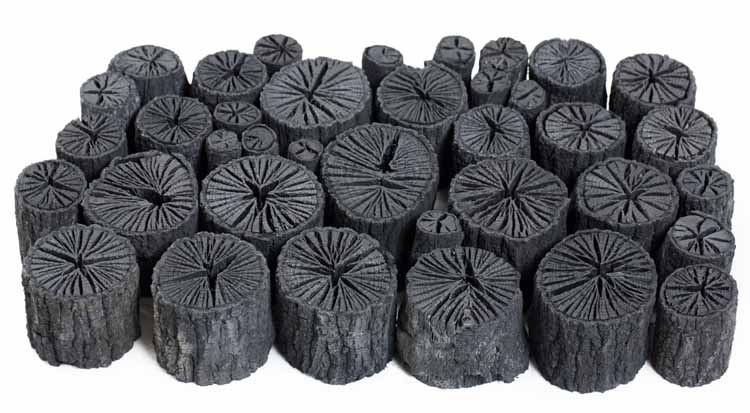Torrefaction Downloads
Torrefaction downloads – Torrefaction is an advanced pyrolysis form that alters wood and grain properties. This is achieved by subjecting them to temperatures usually ranging from 200-320°C. This thermal process thoroughly dries out the biomass. Additionally, it creates a more efficient fuel with a 20-21 GJ/ton lower heating value than its pre-torrefied state.
The resulting torrefied biomass can produce bio-based fuels and chemicals, offering a viable alternative to petroleum-derived products. It is also easier to store, transport, and handle than its raw counterpart since the material is denser and less prone to dust formation. Additionally, it can be mixed with other fuels like coal, leading to even more significant cost reductions.
Due to its various advantages, torrefaction is becoming increasingly popular as a biomass treatment process. It is more sustainable and cost-efficient than petroleum-based products. As a result, the biomass has many different applications. With continued research and development, torrefaction may become the preferred method of biomass treatment in the years to come.
It is also important to note that torrefaction is not a substitute for densification, as both processes are necessary to ensure optimal fuel quality. Densification requires additional steps, such as grinding and pelletizing, while torrefaction changes the chemical composition of the biomass. Nonetheless, torrefaction can dramatically increase fuel efficiency and cost savings when combined with densification.
Torrefaction vs Gasification
Torrefaction and gasification use heat to change the properties of organic material. The former is a low-temperature thermal treatment process that increases energy density and lowers the moisture content of biomass. The primary purpose is to make it easier to handle and store biomass. On the other hand, gasification is a higher-temperature thermal treatment process involving partial oxidation of solid fuel to produce syngas (a mixture of carbon monoxide, hydrogen, and carbon dioxide).
Torrefaction Downloads
A Comprehensive Review on Biomass Torrefaction, 2014, Nhuchhen, D.R., Basu, P. and Acharya, B., International Journal of Renewable Energy & Biofuels, Vol. 2014, Article ID 506376.
Emission of Pollutants from Torrefaction of Wood, 2014, Hroncova, E. et al., European Journal of Environmental and Safety Sciences 2014 2(1): 19-22.
New Routes to Enhance the Efficiency of Biomass Torrefaction and Gasification Processes, 2014, Sarvaramini, A., Doctorat en génie chimique, Philosopiae Doctor (Ph.D), Universite Laval, Quebec, Canada.
Possible Effect of Torrefaction on Biomass Trade, June 2012, Deutmeyer, M. et al., IEA Bioenergy Task 40.
Status Overview of Torrefaction Technologies: Final Report, December 2012, Koppejan, K. et al., IEA Bioenergy Task 32
Torrefaction – A review on biomass torrefaction process, Industrial Biotechnology, October 2011.
Torrefaction? What’s That, Fueling the Future: 2010, Council on Forest Engineering Annual Meeting, June6-9, 2010, Auburn, Alabama.

